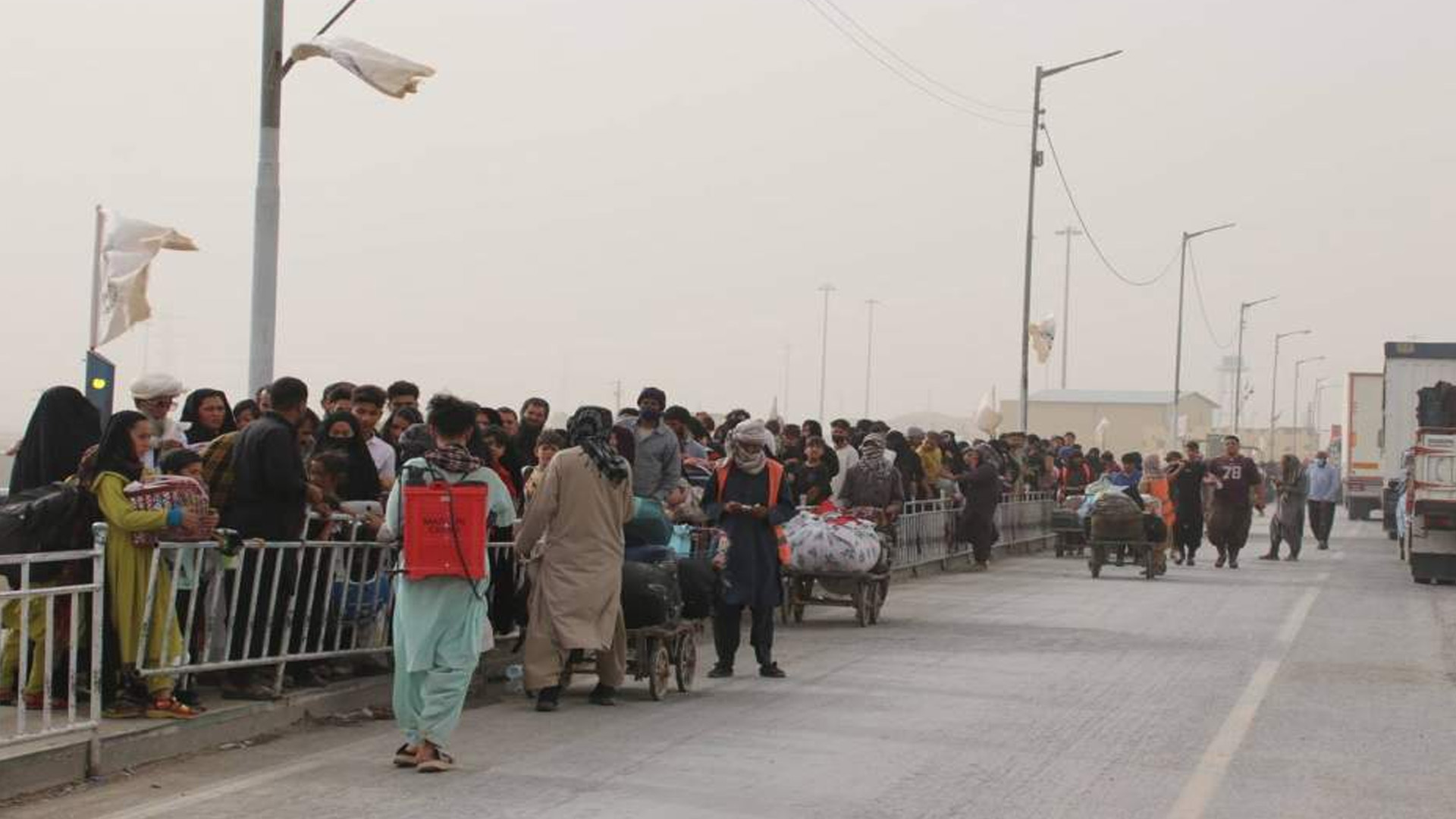
Tehran’s pressure, Kabul’s inability; 120,000 Afghan refugees forced to return in the shadow of Taliban’s anti-immigrant policies and lack of planning.
Continuing the wave of systematic expulsions of Afghan refugees from Iran, local Taliban officials in Nimroz have announced that over the past 20 days, more than 122,000 Afghan refugees have been expelled or forced to return from Iran.
These refugees entered Afghanistan through the Silk Bridge border crossing; a route that has now become a symbol of the failure of diplomacy and the Taliban government’s indifference towards refugees.
Qari Rahimullah Sajid, spokesman for the Taliban governor in Nimroz, says that among this population, 26,000 were single people and 22,000 were families.
However, providing limited cash assistance and free transfers to the provinces is not only not a response to the ongoing humanitarian crisis, but is more of a propaganda tool than a real support.
The anti-immigrant policies of the Islamic Republic of Iran, along with widespread repression, street arrests, racial discrimination, and inhumane treatment of Afghan refugees, have forced thousands of people to leave Iran every day.
Meanwhile, the Taliban government’s silence on such policies is questionable and shameful.
Experts say the Taliban have no national strategy for managing the returnee population, and there is not even basic infrastructure for housing, employment, and support for these people.
The lack of coordination with international institutions, the lack of transparency in the distribution of aid, and the political use of the suffering of refugees once again reveal the group’s inefficiency in managing humanitarian crises.
If this trend continues, Afghanistan will face a widespread crisis in the areas of employment, security, and social services; a crisis that the Taliban have neither the capacity to contain nor the political will to confront its roots.







